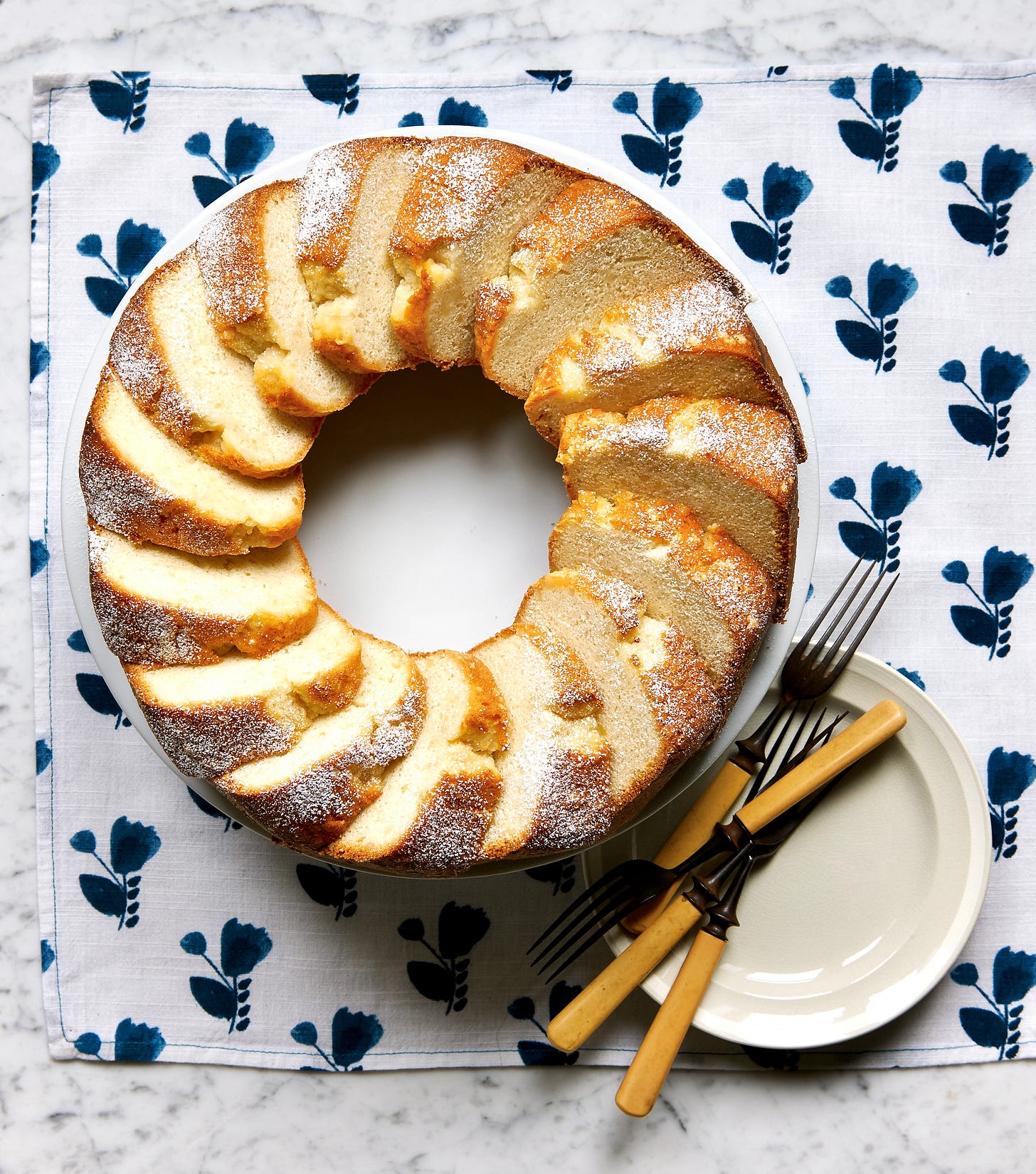All the Presidents’ Moms - No. 212
Food at the White House, from Mary Todd Lincoln’s courting cake to Eisenhower’s vegetable soup. Plus, a priceless Julia Child state dinner video.
DWIGHT D. EISENHOWER’S MOTHER Ida raised six sons in Abilene, Kansas, at the turn of the 20th century, teaching them to cook, wash, sew, and read history. (A seventh son, Paul, died from diphtheria at just 10 months old.) Eisenhower, would become our nation’s 34th president, but long before, with …




